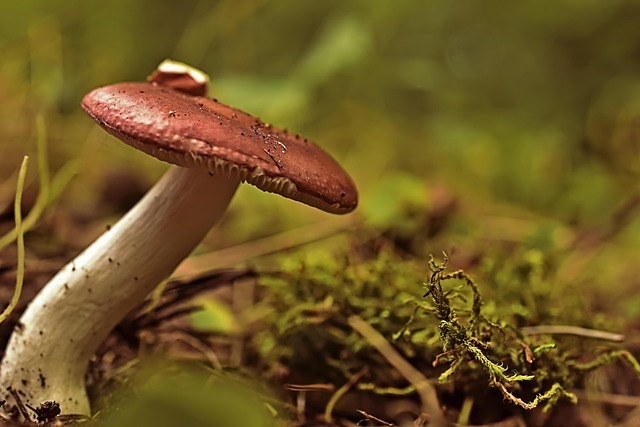Understanding your tile floor type (ceramic, porcelain, natural stone) is key to selecting proper cleaning tools and products. Regular maintenance (daily sweeping/vacuuming, weekly mopping) with mild detergent & warm water prevents dirt build-up. Test solutions in small areas first to avoid damage or discoloration. Use eco-friendly options like vinegar, baking soda, and lemon juice for effective yet gentle cleaning. Master scrubbing techniques, choose the right tools (soft-bristled brushes, electric scrubbers), and seal tiles regularly for long-lasting sparkle.
Keeping your tile floors looking their best involves understanding the unique cleaning needs of different tile types and implementing effective maintenance strategies. This comprehensive guide delves into the best methods for cleaning tile floors, covering everything from regular upkeep to natural cleaning solutions. Learn the art of scrubbing, mopping, and dealing with tough stains while preserving the longevity and aesthetics of your tile surfaces.
Understanding Your Tile Floors: Different Types and Their Cleaning Needs
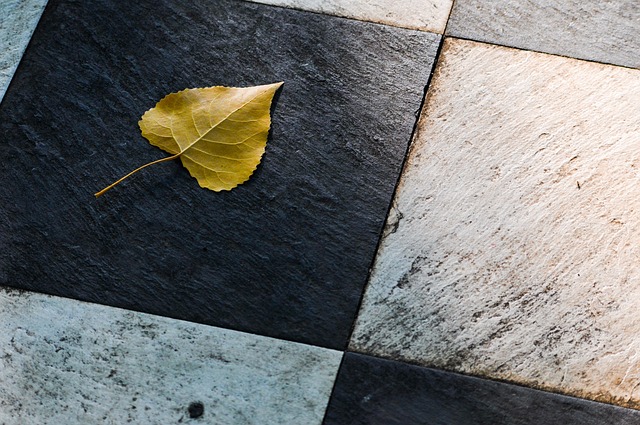
Understanding your tile floors is key to implementing the best methods for cleaning tile floors. Tiles come in various materials, including ceramic, porcelain, and natural stone, each with unique properties that affect how they get dirty and how best to clean them. Ceramic tiles, for instance, are porous and may require specific cleaners to prevent staining. Porcelain tiles are less porous, making them easier to maintain but still susceptible to etching from acidic substances. Natural stone tiles, such as granite or marble, need gentle cleaning to avoid damaging their natural finish and protective seal.
Knowing the type of tile you have is crucial for selecting the right cleaning tools and products. Different tiles may require varying levels of water, cleaning solutions, and scrubbing intensity. For example, a vacuum or broom is often sufficient for ceramic tiles, while stone tiles might need a gentle sweep with a soft-bristled brush to avoid scratching. The best methods for cleaning tile floors involve testing cleaning solutions in a small, discreet area first to ensure they don’t cause discoloration or damage.
Regular Maintenance: Preventing Dirt and Stain Buildup
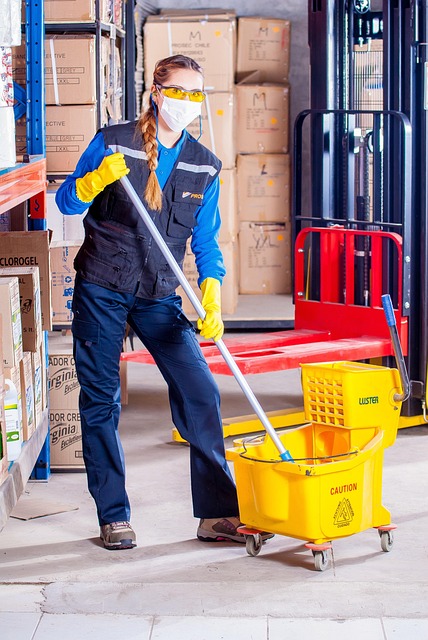
Regular tile maintenance is key to preventing dirt and stain buildup, ensuring your floors remain in top condition. The best methods for cleaning tile floors involve a consistent cleaning routine. Start by sweeping or vacuuming your tiles daily to remove loose debris and dust. This simple step significantly reduces the amount of grime that can later set into the grout lines and tile surfaces.
For deeper cleaning, use a mild detergent and warm water every week. Avoid harsh chemicals as they can damage the tile finish and grout. After mopping, rinse thoroughly with clean water to eliminate any soap residue. This preventive measure not only keeps your tiles looking fresh but also extends their lifespan, saving you from more extensive cleaning in the future.
Choosing the Right Cleaning Products for Optimal Results

When it comes to cleaning tile floors, selecting the right products is half the battle won. The best methods for cleaning tile floors involve understanding your options and choosing products that match your specific needs. For instance, for routine maintenance, a basic tile floor cleaner or a combination of warm water and mild detergent suffices. However, for stubborn stains or gritty surfaces, you might require more potent solutions like acid-based cleaners or specialized tile strippers.
Always consider factors such as the type of tiles, their age, and any existing damage when choosing your cleaning products. Using the right product ensures that you achieve optimal results while preserving the integrity of your tile floors. Additionally, checking product labels for instructions on dilution ratios and safety precautions is essential to prevent damaging or discoloring your tiles.
Effective Scrubbing Techniques for Tile Surfaces
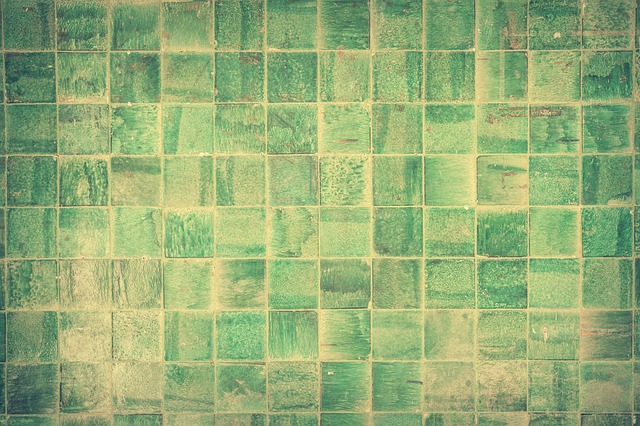
When it comes to effective tile cleaning, scrubbing techniques play a pivotal role in achieving spotless and sparkling results. The best methods for cleaning tile floors involve a combination of the right tools and solutions with gentle yet thorough scrubbing motions. Start by selecting a good quality tile floor cleaner that suits your specific tile type—whether ceramic, porcelain, or natural stone. These cleaners are designed to dissolve dirt and grime while preserving the integrity of the tiles.
For manual scrubbing, use a soft-bristled brush or sponge to apply the cleaner to the tile surfaces. Pay close attention to grouting areas where debris tends to accumulate. Move in circular motions, ensuring you cover every nook and cranny. For harder-to-reach areas or stubborn stains, consider using an electric scrubber with adjustable settings for varying tile types. This tool can effectively lift dirt without scratching delicate surfaces, making it a valuable asset in your tile cleaning arsenal.
The Art of Mopping: When and How to Do It Properly

Mopping is an essential part of maintaining clean and sparkling tile floors. The key to effective tile cleaning lies in understanding the best methods for each situation. Regular mopping is crucial, especially in high-traffic areas, as it helps remove dirt and grime that can accumulate between deep cleans. Opt for a dry dusting or vacuuming session daily to collect loose debris before moistening your tiles.
When it’s time to mop, choose the right tools. Use a microfiber mop head with a clean solution of warm water and mild detergent designed for tile floors. Test the solution on a small, inconspicuous area first to ensure it doesn’t damage or discolor the tiles or grout. Avoid over-saturating your tiles by wringing out excess water from the mop regularly. For tough stains, consider using a soft-bristled brush to scrub gently before rinsing thoroughly with clean water.
Natural Cleaning Solutions: Eco-Friendly Alternatives

When it comes to cleaning tile floors, many people reach for harsh chemicals without considering eco-friendly alternatives. However, natural cleaning solutions are not only better for the environment but also for your family and home. Ingredients like baking soda, vinegar, and lemon juice are powerful yet gentle, effectively removing dirt and stains without leaving behind toxic residues.
For example, a simple mixture of white vinegar and water can be used to mop hard-to-remove grout stains. Baking soda is another versatile cleaner that can scrub away grime and freshen the overall space. These best methods for cleaning tile floors not only ensure a sparkling clean home but also promote sustainability by reducing your carbon footprint.
Dealing with Stained and Grouted Tiles: A Step-by-Step Guide
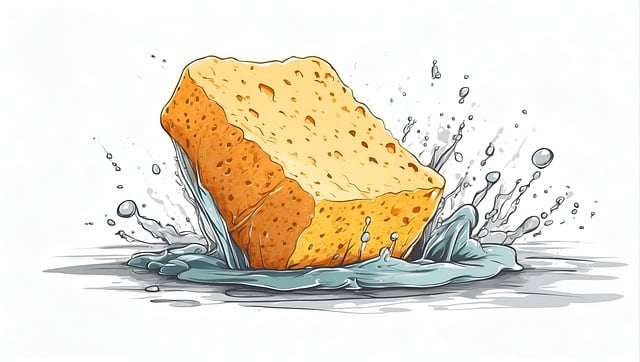
Dealing with stained and grouted tiles requires a strategic approach using the best methods for cleaning tile floors. Start by identifying the type of stain—whether from dirt, grease, or mildew—as this will dictate your chosen cleaner. For mild stains, a simple mixture of warm water and mild detergent is effective. Apply the solution using a clean sponge or cloth, gently scrubbing the affected area without exerting too much pressure to avoid damaging the grout. Rinse thoroughly with clean water and dry with a soft towel.
For more stubborn stains, consider using specialized tile cleaners designed for grout. These products often contain enzymes that break down organic compounds, making them powerful yet safe for most tile and grout materials. Apply the cleaner according to the manufacturer’s instructions, focusing on the stained areas. After allowing it to sit for a few minutes, scrub gently with a soft-bristled brush or sponge. Rinse well and dry to reveal cleaner, brighter tiles. Regular cleaning and sealing will help prevent future staining and maintain your tile floors in top condition.
Deep Cleaning Hard-to-Reach Areas and Corners

When it comes to deep cleaning your tile floors, don’t overlook those hard-to-reach areas and corners. These spots often gather dirt and grime that can affect the overall appearance and hygiene of your tiles. Utilize a small, flexible brush or a soft cloth to navigate tight spaces, ensuring you scrub thoroughly to remove embedded debris.
For corners and crevices, consider using specialized cleaning tools like tile edge brushes or even a toothbrush with stiff bristles. These tools are designed for just such tasks and can make short work of the buildup that regular mops might miss. Remember to reach both above and below the grout lines for a complete deep clean using the best methods for cleaning tile floors.
Maintaining a Sparkling Tile Floor: Tips for Longevity and Aesthetics

Maintaining a sparkling tile floor goes beyond just aesthetics; it’s an investment in your home’s longevity and value. The best methods for cleaning tile floors involve a combination of regular care and spot-treatment for stains. Daily sweeping or vacuuming helps remove loose dirt and debris, preventing them from settling into the grout lines. For deeper cleaning, use a mild detergent suitable for tiles and follow up with a thorough rinse to eliminate any residue.
Regular sealing of your tile floor is another crucial step in maintaining its beauty and protecting it from stains. Sealants create a protective barrier, repelling water, oils, and other substances that can damage the surface over time. By incorporating these best methods for cleaning tile floors into your routine maintenance, you’ll ensure your tiles stay not just clean but also vibrant and durable for years to come.
